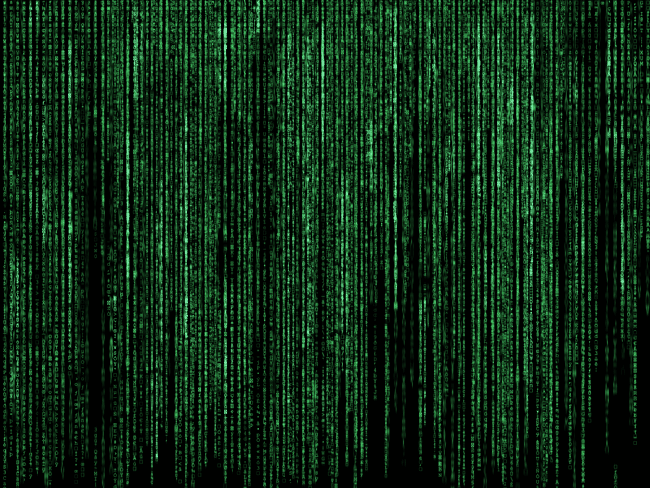Different types of EDI files
02 March 2021
02 March 2021

EDI files are the basis of your trade. Sending files is the basic principle of computerized data exchange, whether upstream or downstream from the EDI platform. Going paperless is an effective way to simplify your company’s administrative tasks.
From simple flat files to standardized structured files, are a multitude of electronic formats are available to exchange commercial documents between you and your clients, and between your business’s departments. Let’s explore them.
A flat file is the most universal format for EDI files during the computer-to-computer exchange of business documents or data.
This type of EDI file potentially contains several sorts of records, such as head lines and retail lines. Head lines indicate what information is held within entire documents. Retail lines comprise commercial documents, such as lines of invoices or orders.
The definition of end-of-line characters (a line break) is different for Unix or Windows operating systems.
Tip : For good file recognition between different operating systems, consider converting to the appropriate format when transferring the file.
A Variable-Sized Flat File (VFF) is when the data are separated from each other by a particular character such as a semicolon, vertical line, or tabulation. CSV format is the best-known example of this.
The specification document for a flat, variable-sized file describes each type of line, the sequence of the data fields, their numerical (or alphanumeric) type, and the file content.
Tip : Be careful not to confuse a CSV file with an Excel spreadsheet (.xls). The latter is not a flat file. It is difficult for an EDI platform to interpret.
When each field has a predetermined number of characters, there is no need to separate the data by a character. This is called a Fixed Flat File (or FFF). This is the case for one of the two possible formats of Systems, Applications and Products (SAP) software: iDocs.
A fixed flat file must be accompanied by a complete description containing the position, length, type (digital or alphanumeric), and content of each data field.
Tip : Be careful not to use the separator character when inputting data into a variable-sized flat file. For example, a comma placed in an address field would be interpreted as a separator and would shift the entire file playback.
Our interest in flat files is due to their ease of importing or exporting information, but they are also often small and lighten the volumes of computerized transactions. They are used mainly at the entrance (inputs) or exit (outputs) of the information system.
Example : The interface files of ERP software, such as SAP, CEGID or SAGE, are flat files.
One format that comes to mind when talking about EDI streams is XML where the data is presented using tags and rules that can be customized.
XML tags prioritize a file’s data.
XML as a markup language is relatively simple and also expandable and configurable, which means that any type of data can be described in this format. Some organizations have proposed standards:
Factur-X is a new standard of electronic invoice based on a readable PDF file attached to an XML file.
Tip : Beware of the size of XML files as these can quickly be much larger than a comparable EDI file.
Yet, how can we not mention EDI standards when talking about electronic exchanges ?
EDI benchmarks allow documents to be exchanged in a standardized common language, and thus ensure interoperability.
An EDI document contains data elements and descriptive codes written in segment form. The whole thing is grouped into envelopes shaped according to the rules of syntax, and vocabulary of the chosen EDI standard.
One bonus is that EDI standards have been designed to take into account the needs of each industry.
The UN/EDIFACT standard is widely used in Europe and covers a wide range of standardized messages for the exchange of business documents in many sectors, such asretailor industry.
EANCOM is a branch of EDIFACT and GS1 is its standardization body.
The most commonly used EDIFACT messages are orders (ORDERS), shipping notices (DESADV) and invoices (INVOIC).
The Electronic Data Interchange, American National Standards Institute X12 (ANSI ASC X12) standard is mainly used in the United States and Canada. EDIFACT is its equivalent outside of the United States.
ANSI X12 can, for example, easily hold 850 messages for purchase orders, 856 messages for delivery vouchers and 810 messages for electronic invoices.
In addition, the ODETTE standard (DELINS, CALDEL, AVIEXP or INVOIC) had been developed to improve exchanges between automotive partners. However, in Europe it has been gradually replaced by the UN/EDIFACT standard (DELFOR, DELJIT, DESADV or INVOIC).
In the European automotive industry, the ODETTE organization, and several national associations (GALIA, VDA, ODETTE SWEDEN, etc.) propose EDI recommendations based on UN/EDIFACT standards.
EDI standards include SWIFT (banking), TRADACOMS (UK specific) and VDA (a standard format specific to the German automotive industry).
Flat files, XML, EDI … you know, now, all about the different types of files that make it possible to exchange information electronically. Electronic files are convenient, for automating your invoices (paperless invoices), tracking documents sent electronically, and managing your data flow.
It is yet to be determined what the most appropriate format is, inside and out with the EDI solution. What is appropriate depends on the technology you use, but also the requirements of your industry.
For more than 30 years, Tenor has been supporting its customers and partners in the implementation of EDI files. Similarly, if this article has been of interest, we suggest this excellent article about the reliable audit track in paperless invoicing.
You can also check out this page which summarizes Tenor’s EDI services. If you have questions do not hesitate to contact our experts.